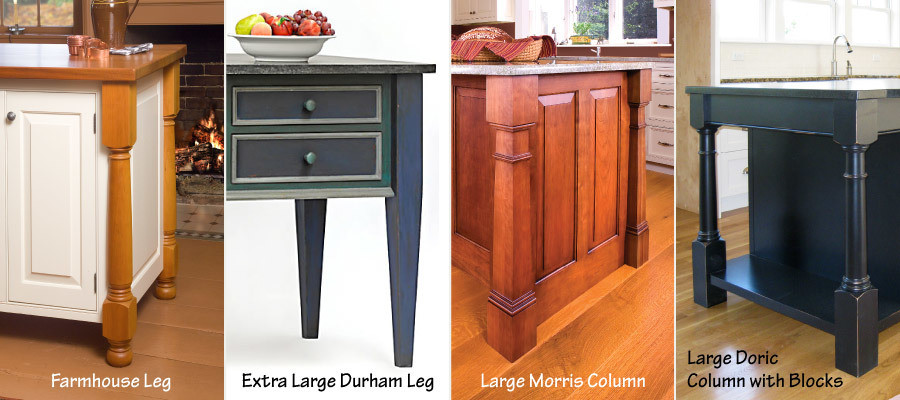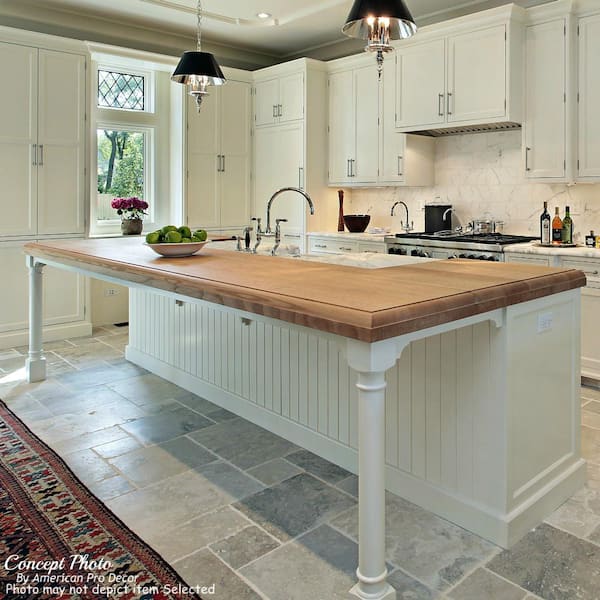Necessary Tips for Choosing the Perfect Table for Your Kitchen
Selecting the excellent eating table for your cooking area is greater than just a matter of taste; it necessitates a comprehensive understanding of your space and needs. Begin by gauging your offered area to make sure sufficient clearance for movement. The shape of the table plays a crucial function; while rectangle-shaped tables suit bigger areas, round ones foster intimacy, and extendable alternatives supply flexibility. Material choice is equally important, with hardwoods giving durability and glass loaning a modern-day touch. Finally, the table should harmonize with your kitchen's visual appeals and accommodate your household pleasantly. What other variables might influence this important decision?
Step Your Room
Choosing the optimal eating table begins with a careful assessment of your readily available area. This foundational step makes certain that the table not just fits conveniently within the room but additionally enhances the general layout and capability of your dining area.
Consider the circulation of movement around the table. It is necessary to leave sufficient area for chairs to be drawn out and for people to move the table without blockage. A basic rule of thumb is to allow at least 36 inches of clearance from the edge of the table to the closest wall or furniture. This makes certain simplicity of access and comfort throughout dishes.
In addition, think of the variety of people you typically amuse and whether you need additional space for visitors. Selecting an extendable table can supply adaptability, enabling you to suit varying varieties of diners. By properly measuring your area, you lay the foundation for selecting an eating table that enhances both the visual appeals and capability of your dining area.
Select the Right Forming

On the other hand, round tables are excellent for smaller kitchens or intimate events, as they advertise conversation by enabling every person to encounter each various other. They likewise give a sense of coziness and can fit well in tighter areas as a result of their lack of sharp corners. Oblong tables supply the most effective of both globes, incorporating the length of rectangular tables with the affection of rounded ones, making them versatile for various settings.
Square tables are another choice, specifically matched for square-shaped rooms. They create a in proportion and contemporary look, promoting an equal dining experience for all seated. Nevertheless, they might be much less sensible for larger gatherings unless they come with extensions. Inevitably, the form you pick need to straighten with your area measurements and way of living to make certain both form and feature.
Material Considerations
When choosing an eating table, product considerations are paramount in determining the table's toughness, maintenance needs, and overall visual. Wood is a traditional choice, offering timeless charm and toughness. Woods like walnut, mahogany, and oak are particularly durable, though they can be expensive. kitchen island legs. Softwoods, such as pine, are more affordable however might be vulnerable to damages and scratches.
Glass-topped tables provide a modern-day, streamlined appearance and can make a space appear larger as a result of their transparency. Nevertheless, they require regular cleansing to avoid smudges and fingerprints. Additionally, solidified glass is advised for its additional toughness and safety.

Lastly, composite products like MDF (Medium-Density Fiberboard) or plywood are economical options. These materials can mimic the look of solid timber however might not use the same long life. They are normally simpler to clean but can be prone to water damage otherwise appropriately secured.
Inevitably, the option of material must align with your kitchen area's style, your way of life requires, and your budget restrictions. (kitchen island legs)
Seating Capability and Convenience
Exactly how do you determine the ideal seating ability and comfort for your table? This important step includes analyzing both the physical space readily available in your cooking area and your home's useful needs. Begin by determining your kitchen location to ensure the table fits easily, permitting at least 36 inches of clearance around it for simple activity. Consider the number of people who normally eat together, as this will affect the table dimension. For a family of four, a rectangle-shaped table of 48 inches long or a round table with a 48-inch size is usually sufficient.
The elevation of the table need to preferably be around 30 inches, giving a well balanced ergonomic position for seated restaurants. Chairs ought to have a seat elevation of 18 to 20 inches to ensure a comfortable eating stance.
Design and Appearance
Picking an eating table that fits visit site your design and aesthetics involves balancing individual preference with the existing decor of your dining space. The table is often the centerpiece of the kitchen area, and its layout needs to match the general theme of the area. Whether your kitchen flaunts a modern, minimal appearance or a rustic, farmhouse appeal, the table you choose need to balance with these aspects have a peek here to produce a cohesive and welcoming atmosphere.
Consider products very carefully; wood supplies a classic allure and can range from abundant mahogany for a standard aim to lighter oak for a contemporary feeling. Metal and glass tables, on the various other hand, can present a sleek, commercial edge to your cooking area. Don't forget the table's shape-- rectangle-shaped tables are traditional and flexible, while round and oval alternatives can foster an extra intimate dining experience.
Furthermore, pay very close attention to details and coatings. A distressed coating might include personality and warmth, whereas a shiny surface can add to a tidy, modern aesthetic. Inevitably, your table should not only healthy perfectly right into your kitchen's style yet also mirror your personal design, boosting the space both functionally and visually.
Verdict
Finally, choosing the perfect eating table for a kitchen requires mindful assessment of area, form, product, seating ability, and aesthetic harmony. Ensuring a minimum clearance of 36 inches assists in comfy activity, while the choice of shape enhances spatial dynamics. Product selection effects toughness and layout, making it essential to align with the straight from the source kitchen area's total visual. Inevitably, a well-chosen eating table fosters a welcoming environment and fits the family easily, therefore enhancing the eating experience.

When selecting an eating table, product factors to consider are extremely important in identifying the table's longevity, maintenance needs, and overall aesthetic. For a family of 4, a rectangle-shaped table of 48 inches long or a round table with a 48-inch size is normally enough.
Do not forget the table's form-- rectangular tables are versatile and classic, while round and oblong alternatives can cultivate an extra intimate eating experience. kitchen island legs.